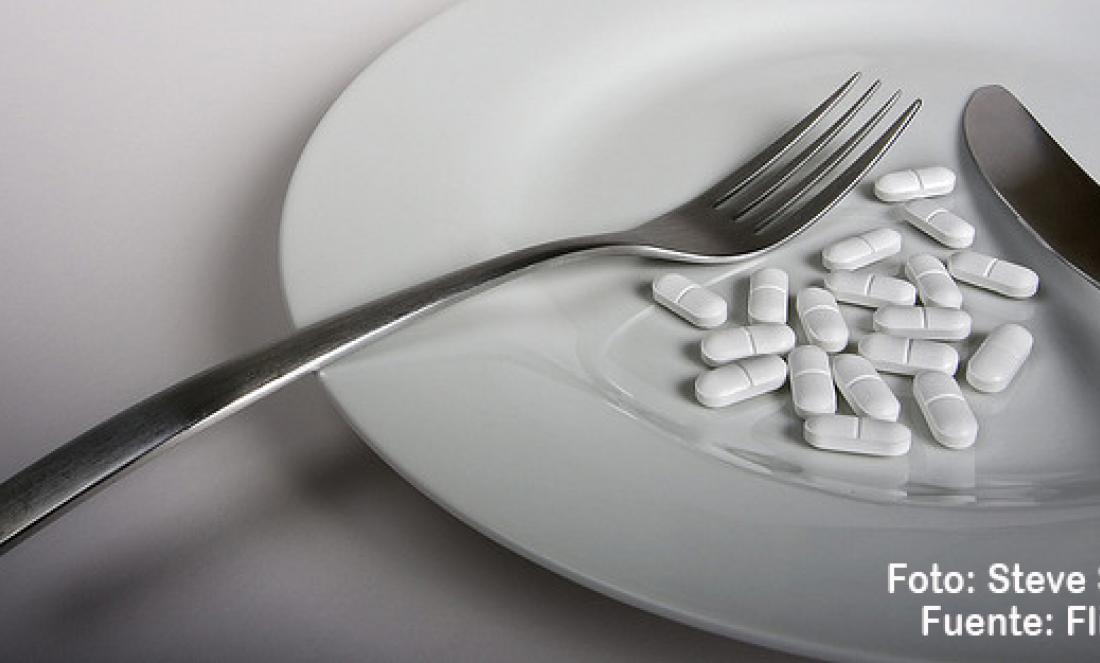
The unbearable lightness of being or about life without paracetamol
A systematic review on the efficacy of paracetamol in the treatment of chronic low back pain and osteoarthritis of the hip and knee has recently been published in the (*) British Medical Journal (BMJ), which has generated much controversy. Thirteen clinical trials are analysed in which the conclusion is reached that there is high quality evidence that the use of paracetamol is ineffective in reducing pain intensity and disability in chronic low back pain, and in osteoarthritis, although significant, the change is clinically irrelevant.
A fundamental aspect is that of safety, although the side effects are similar to those of a placebo, the risk of presenting alterations in the liver function tests is quadrupled (confidence interval 1.9- 7.4), without knowing the clinical relevance of this alteration, which depends largely on the doses used and the periods of time used.
Analysing the pharmacological alternatives in pain management, where NSAIDs present a negative gastrointestinal and cardiovascular profile, opioids and coadjuvants with a high frequency of adverse reactions to medicines, the difficulty of reconciling adequate effectiveness and safety can be observed. Among the possible alternatives, the use of topical NSAIDs is proposed for mild, transitory and localised pain, especially in gonarthrosis. These are short cycles of NSAIDs as long as they are not contraindicated, and there is little evidence of the use of opioids in severe non-oncological pain, increasing their dispensation to a great extent in the USA.
In Primary Care, osteoarthritis and low back pain represent 10-15% of consultations, and in the elderly it affects 68%, most frequently in the hip and in women in the hands and knees, being the main cause of functional dependence and alteration of the quality of life.
As non-pharmacological interventions, the recommendation to carry out physical activity together with physiotherapy interventions reduces the pain during the first weeks, diminishing with time the effectiveness; hygienic measures such as the optimization of the weight, reduces the joint overload, as well as measures of thermotherapy, manual therapy, acupuncture or psychostimulation techniques. These interventions must be adequately structured to guarantee adherence and to be able to have professionals available to materialize the intervention plans.
On the one hand, it is refreshing to have a critical review of the analgesic effectiveness of a medicine as widely used as paracetamol, alerting about an adequate assessment and monitoring of pain after different interventions, avoiding prolonged or ineffective treatments; and it is frustrating that so little evidence is available on the management of moderate to severe pain in the elderly, being a priority objective for the achievement of a minimum level of quality of life. A multidisciplinary approach and a comprehensive care plan is required, based on health education and hygienic and pharmacological treatments, since complex problems are never solved by pills alone.
*Machado GC et al.Efficacy and safety of paracetamol for spinal pain and osteoarthritis: systematic review and meta-analysis of randomised placebo controlled trials. BMJ 2015;350h 1352.

Add new comment